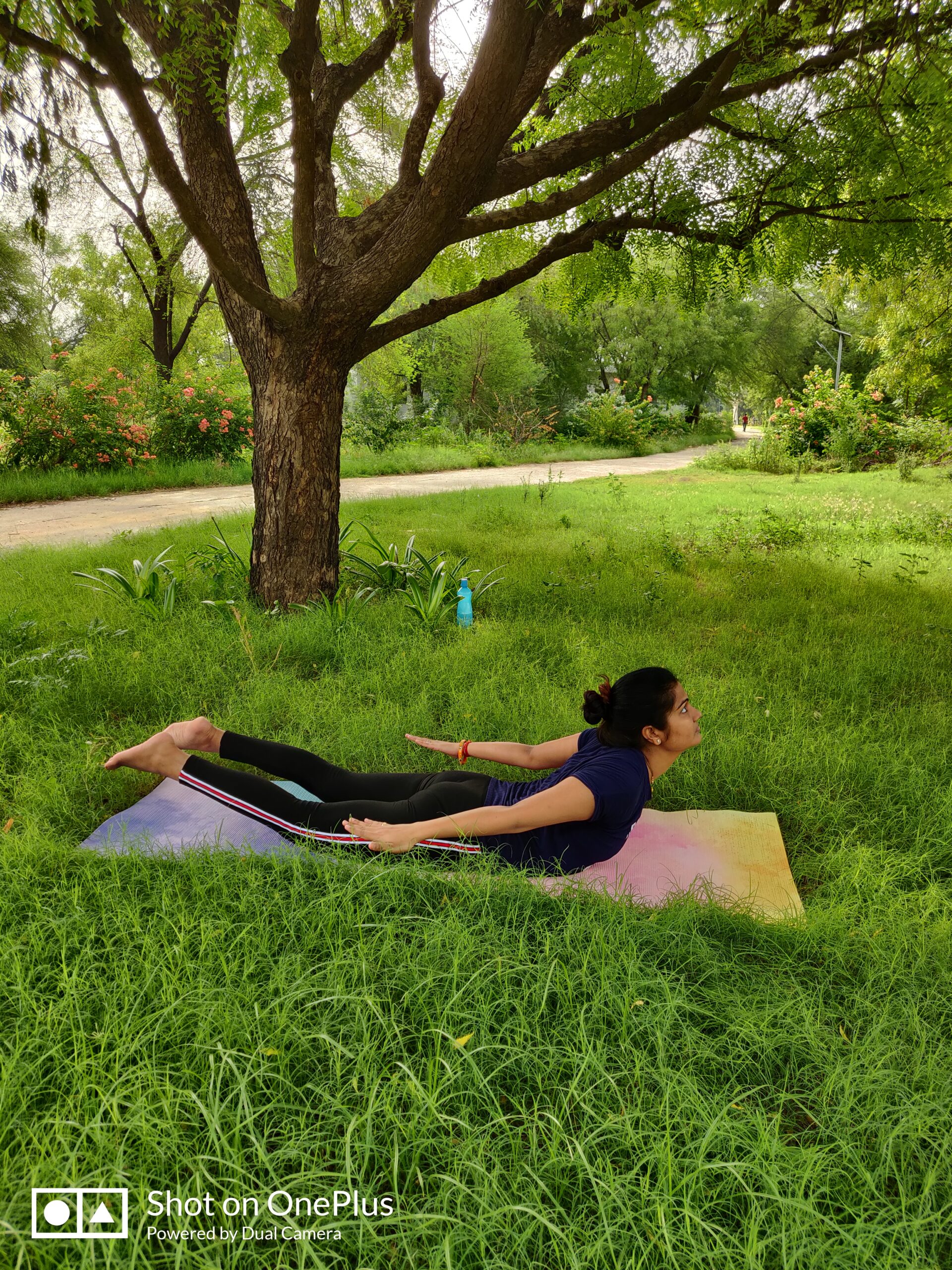Introduction: Bradycardia, a condition characterized by an abnormally slow heart rate, can benefit from a holistic naturopathic approach. In this comprehensive guide, we’ll explore unique and effective naturopathic treatments and therapies for managing bradycardia.
Causes and Symptoms of Bradycardia: Understanding Slow Heart Rate
Bradycardia, a condition characterized by an abnormally slow heart rate, can have various underlying causes and presents with distinct symptoms. This article explores both the causes and symptoms of bradycardia in detail.
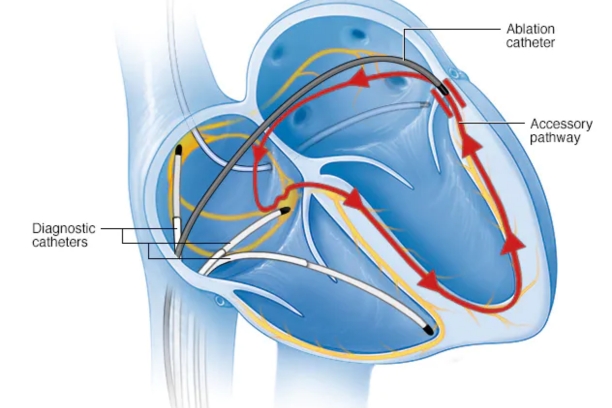
Unraveling the Causes of Bradycardia
1: The Sinus Node and Heart Rate Regulation
- An introduction to the role of the sinus node in heart rate regulation.
- How dysfunction in the sinus node can lead to bradycardia.
2: Common Causes of Bradycardia
- Identifying primary causes of bradycardia, including aging, heart diseases, and medications.
- Exploring how these factors contribute to a slow heart rate.
3: Arrhythmias and Bradycardia
- The connection between arrhythmias, such as atrioventricular (AV) block, and bradycardia.
- How electrical conduction issues in the heart can result in bradycardia.
Recognizing the Symptoms of Bradycardia
1: The Importance of Symptom Recognition
- Emphasizing the significance of identifying bradycardia symptoms for timely diagnosis and treatment.
- How bradycardia can vary in severity, leading to different symptoms.
2: Common Symptoms of Bradycardia
- Detailed descriptions of common bradycardia symptoms, including dizziness, fatigue, and fainting.
- How individuals with bradycardia may experience these symptoms differently.
3: Bradycardia in Athletes
- Exploring bradycardia as a physiological adaptation in highly trained athletes.
- Distinguishing between normal athlete’s heart and pathological bradycardia.
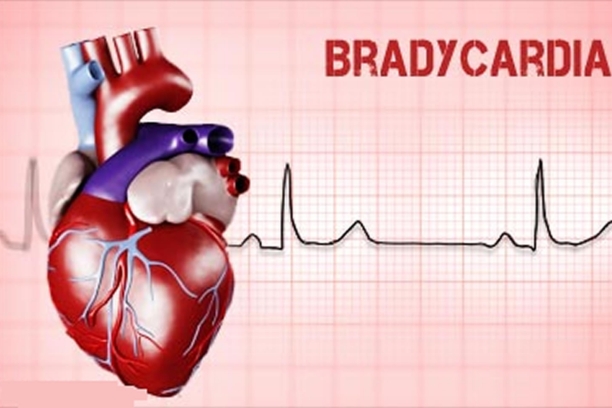
Less Common Causes and Symptoms*
1: Less Frequent Causes of Bradycardia
- Investigating less common causes of bradycardia, such as hypothyroidism and electrolyte imbalances.
- How these conditions affect heart rate regulation.
2: Atypical Symptoms of Bradycardia
- Unusual or atypical symptoms that individuals with bradycardia may experience.
- The importance of comprehensive symptom assessment.
When to Seek Medical Attention*
1: Red Flags for Bradycardia
- Recognizing red flag symptoms and situations that warrant immediate medical attention.
- The potential consequences of untreated bradycardia.
2: Diagnostic Process
- The steps involved in diagnosing bradycardia, including medical history, physical examination, and diagnostic tests.
- How healthcare providers determine the cause and severity of bradycardia.
Naturopathic Treatments and Therapies for Bradycardia: Nurturing a Steady Heart Rhythm
Bradycardia, a condition characterized by an abnormally slow heart rate, can be effectively managed through naturopathic treatments and therapies. This comprehensive guide explores unique and natural approaches to address bradycardia.
The Naturopathic Philosophy of Heart Health
1: Embracing Holistic Principles
- A deep dive into the core principles of naturopathy and their alignment with heart health.
- How naturopathic medicine focuses on the body’s innate healing abilities.
2: Mind-Body Connection in Cardiac Wellness
- Exploring the profound connection between mental and cardiovascular health.
- Techniques for managing stress and anxiety, which can exacerbate bradycardia.
Nutritional Support for a Healthy Heart*

1: Heart-Friendly Dietary Choices
- The pivotal role of a heart-healthy diet in managing bradycardia.
- Identifying essential nutrients and foods that promote heart health.
2: Nutritional Supplements
- Exploring the use of nutritional supplements such as Coenzyme Q10 (CoQ10) and magnesium in bradycardia management.
- Dosage recommendations and safety considerations.
Herbal Remedies and Botanical Medicine*
1: Herbs for Heart Health
- Shining a spotlight on herbal remedies like hawthorn, motherwort, and ginkgo biloba, which have potential benefits for bradycardia.
- Insights into their usage and precautions.

2: Personalized Botanical Formulas
- How naturopathic practitioners customize botanical formulations tailored to individuals with bradycardia.
- Real-life examples illustrating the effectiveness of botanical medicine.
Mud Therapy for Heart Health*
1: Mud Packs and Compresses
- Exploring the application of mud packs and compresses to stimulate circulation and detoxify the body.
- Mud therapy’s role in promoting cardiac wellness.

2: Benefits and Considerations
- Highlighting the benefits of mud therapy, including pain relief and stress reduction.
- Precautions and contraindications for individuals with bradycardia.
Massage Therapy for Relaxation*
1: The Healing Power of Touch
- An overview of massage therapy as a relaxation technique that can help manage stress.
- How massage promotes better circulation and overall well-being.

2: Specific Techniques
- Different massage techniques suitable for individuals with bradycardia, such as Swedish massage and aromatherapy massage.
- Guidelines for choosing a qualified massage therapist.
The Soothing Effects of Steam Therapy*
1: Steam Baths and Saunas
- Exploring the use of steam baths and saunas to promote relaxation and circulation.
- How heat therapy can benefit individuals with bradycardia.

2: Safety Precautions
- Important safety considerations when undergoing steam therapy, including duration and hydration.
- When to avoid steam therapy for individuals with certain medical conditions.
Hydrotherapy for Heart Health*
1: The Therapeutic Power of Water
- An introduction to hydrotherapy and its diverse applications in health and wellness.
- Hydrotherapy techniques that can be adapted for bradycardia management.
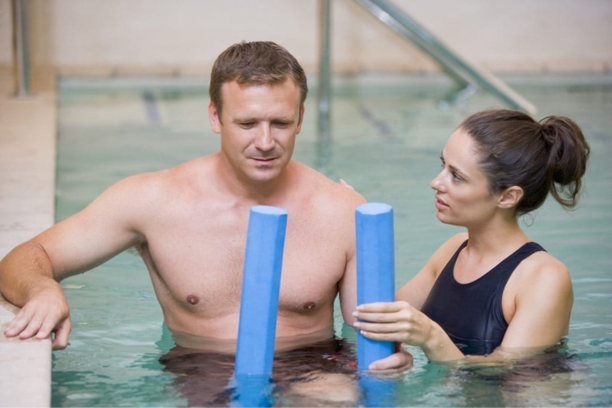
2: Contrast Hydrotherapy
- Exploring contrast hydrotherapy, a technique that involves alternating hot and cold water applications.
- How it can stimulate circulation and invigorate the cardiovascular system.
Shirodhara Therapy for Stress Reduction*
- Shirodhara therapy can help to relieve stress, promote restful sleep and calm down an agitated mind.

Lifestyle Enhancements*
1: Exercise and Physical Activity
- The pivotal role of exercise in enhancing heart rate and overall cardiovascular fitness.
- Tailored exercise recommendations for individuals with bradycardia.
2: Stress Management and Emotional Well-being
- Strategies for effectively managing stress and anxiety through naturopathic techniques such as mindfulness and relaxation.
- The profound influence of emotional wellness on heart health.

Collaborative Care and Monitoring*
1: The Naturopathic Practitioner’s Role
- How naturopathic healthcare providers collaborate with conventional medical professionals to manage bradycardia.
- Models of collaborative care ensuring holistic bradycardia management.
2: Building a Supportive Community
- The significance of support networks and communities for individuals coping with bradycardia.
- Accessing online resources and peer support.
Yogic Management for Bradycardia: Balancing Heart Health Naturally
Yoga, with its holistic approach to well-being, offers valuable tools and techniques to manage bradycardia. This article explores the practice of yogasanas (yoga poses) and yogic management as a complementary approach to address slow heart rate issues.
The Synergy of Yoga and Heart Health

1: Yoga’s Holistic Perspective
- An introduction to yoga as a comprehensive system promoting physical, mental, and emotional well-being.
- How yoga aligns with the naturopathic philosophy of holistic health.
2: Understanding Bradycardia in Yogic Terms
- Exploring bradycardia from a yogic perspective, considering factors like prana (life force energy) and heart chakra balance.
- How yogic philosophy views heart health and vitality.
Yogasanas for Heart Health*
1: Balancing Heart Chakra (Anahata)
- Yoga poses and practices that target the heart chakra, aiming to restore energetic balance.
- The connection between emotional well-being and heart health.
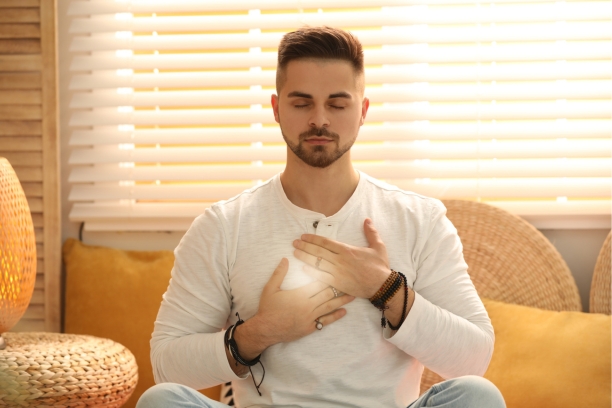
2: Asanas to Stimulate Circulation
- Yoga poses that improve blood circulation and help alleviate symptoms of bradycardia.
- Detailed instructions on performing these asanas safely.

Pranayama and Heart Wellness
1: The Essence of Pranayama
- An introduction to pranayama as a vital aspect of yoga and its connection to breath control.
- How pranayama techniques influence the body’s vital life force (prana).
2: Pranayama and Bradycardia
- Exploring the relevance of pranayama in addressing bradycardia and related heart conditions.
- The calming effect of pranayama on the nervous system.
Anulom Vilom Pranayama: Alternate Nostril Breathing*
1: Practicing Anulom Vilom
- A step-by-step guide to performing Anulom Vilom pranayama, also known as alternate nostril breathing.
- Its benefits in balancing the left and right hemispheres of the brain and improving circulation.
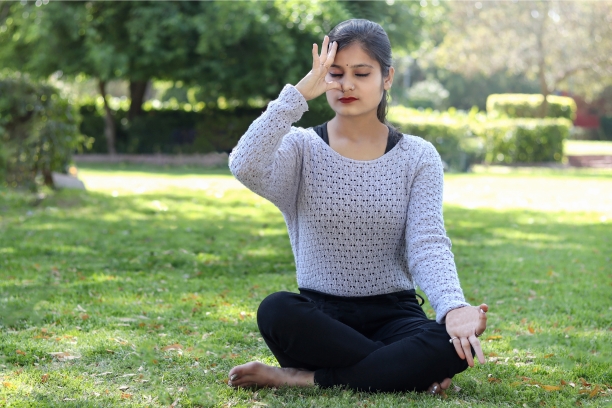
2: Calming the Nervous System
- How Anulom Vilom pranayama induces a sense of calm and reduces stress, which can be particularly beneficial for individuals with bradycardia.
- Incorporating this practice into a daily routine.
Surya Bhedi Pranayama:
1: Understanding Surya Bhedi
- An exploration of Surya Bhedi pranayama, the technique of right nostril breathing.
- Its potential to invigorate the body and mind.

2: Enhancing Vitality
- How Surya Bhedi pranayama can help combat fatigue and increase alertness.
- Precautions for those with bradycardia.
Kapalbhati Pranayama:
1: Kapalbhati Essentials
- A detailed guide to Kapalbhati pranayama, a practice focused on forceful exhalations.
- How Kapalbhati can promote oxygenation and improve cardiac function.

2: Energizing the Heart
- The energizing effects of Kapalbhati pranayama on the cardiovascular system.
- Gradual progression and considerations for individuals with heart conditions.
Bhastrika Pranayama:
1: Bhastrika Technique
- An introduction to Bhastrika pranayama, known as bellows breath.
- Its dynamic and invigorating nature.

2: Enhancing Heart Rate
- How Bhastrika pranayama can temporarily increase heart rate, offering potential benefits for bradycardia.
- Guidelines for safe and effective practice.
Yogic Lifestyle for Heart Harmony*
1: Dietary Considerations
- Yogic dietary principles that support heart health, including a sattvic diet.
- Foods to include and avoid for individuals with bradycardia.

2: Mindfulness and Meditation
- The practice of mindfulness and meditation in reducing stress and enhancing emotional wellness.
- Guided meditation techniques suitable for individuals with bradycardia.
3: Daily Routine (Dinacharya)
- How establishing a daily routine in line with yogic principles can contribute to heart health.
- Incorporating practices like oil pulling and tongue scraping.
Collaborative Approach to Bradycardia Management*
1: Consultation with a Yoga Instructor
- The importance of consulting a qualified yoga instructor or therapist when incorporating yogic practices into bradycardia management.
- Customizing a yoga plan based on individual needs.
2: Integrative Care
- Collaborative care models that combine yoga and naturopathic treatments for comprehensive bradycardia management.
- Real-life success stories of individuals benefiting from integrative approaches.
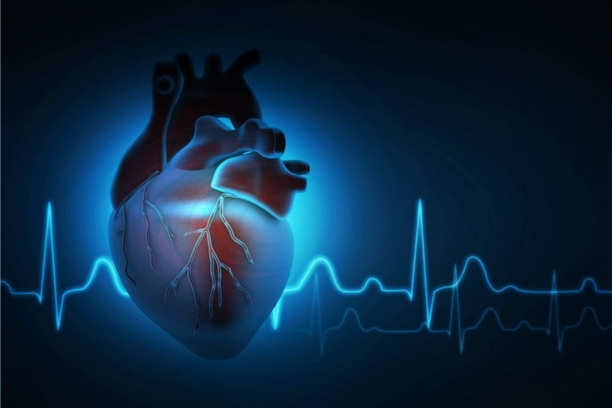
Understanding Bradycardia
1: Demystifying Bradycardia
- An introduction to bradycardia, its prevalence, and significance in heart health.
- Exploring the different types of bradycardia and their causes.
2: Recognizing Symptoms
- Identifying common symptoms of bradycardia, including fatigue, dizziness, and fainting.
- The importance of early diagnosis and symptom recognition.
Conclusion:
- Empowering individuals with bradycardia to explore naturopathic treatments and therapies for heart health.
- Empowering individuals with bradycardia to explore naturopathic treatments and therapies for heart health.
- Encouraging individuals to be proactive in recognizing bradycardia symptoms and seeking timely medical evaluation.
- Encouraging individuals with bradycardia to explore yoga as a complementary approach to traditional medical treatment.
- The potential of yogic practices to balance heart health, enhance vitality, and promote overall well-being naturally.




